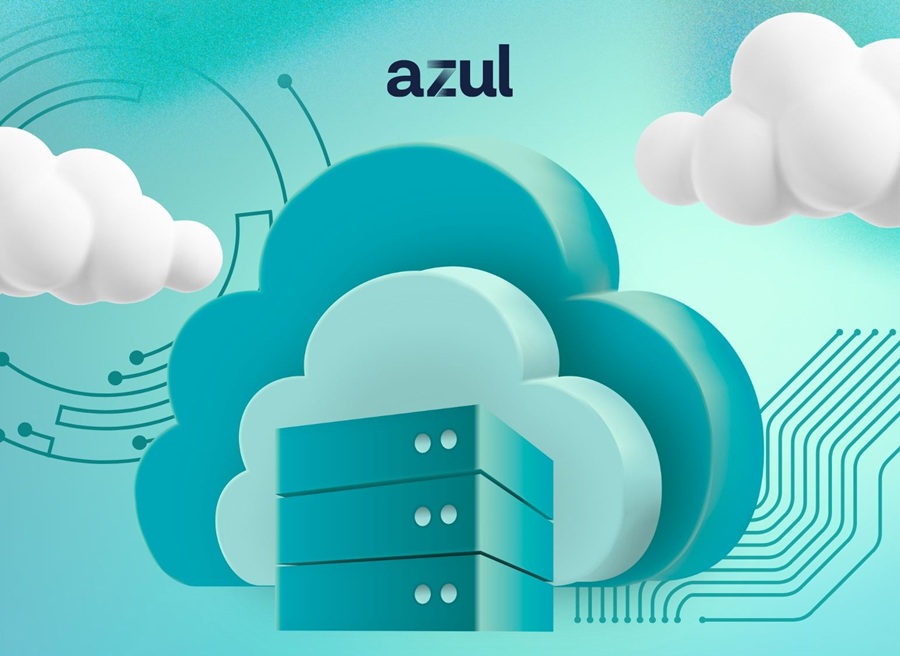
Catchpoint® unveiled the Test Suite for Google Cloud, a tool designed to ease the end-to-end monitoring of Google Cloud services from different customer-chosen endpoints including customer premises, other public clouds and Internet endpoints. This suite is specifically developed to streamline the configuration and management of cloud service tests, thereby providing immediate benefits in operational performance and user experience. The Test Suite is part of Catchpoint’s Internet Performance Monitoring (IPM) platform, a new generation of solutions that provides deep visibility into every aspect of the Internet that impacts your business and revenue. It is like Application Performance Management (APM), but not for your app stack – for your Internet Stack. The Test Suite for Google Cloud empowers IT teams to rapidly deploy multiple tests for Google Cloud services, utilizing Google Cloud’s and Catchpoint’s best practices for prompt issue detection and troubleshooting. Its design focuses on minimizing complexity and time investment for effective Google Cloud service monitoring, making it particularly user-friendly for newcomers. “Our collaboration with Google Cloud is fundamentally about simplifying and enhancing the network performance monitoring experience for businesses leveraging Google Cloud services. The Test Suite for Google Cloud is a direct response to this need, facilitating more efficient implementation and streamlining the monitoring process for Google Cloud services,” said Mehdi Daoudi, CEO and co-founder of Catchpoint. “In an era where cloud computing is crucial for business efficiency, ensuring optimal performance, resilience, and user experience through sophisticated and precise monitoring is paramount. Our ongoing partnership with Google Cloud promises to yield further innovative solutions in this domain.” This initiative is a part of Catchpoint’s integration into the Google Cloud network observability partner ecosystem. “We believe that a robust Google Cloud network observability partner ecosystem not only provides choice but also enables you to leverage your current observability solutions, workflows, and skills to effectively monitor your Google Cloud workloads, tailored to your specific needs, including hybrid and multi-cloud deployments,” said Raj Gulani, Director of Product Management for Network Experiences at Google Cloud. The Test Suite includes pre-set test templates for key Google Cloud services such as BigQuery, Spanner, Cloud Storage, and Compute Engine. These templates are easily customizable, allowing users to quickly adapt tests to their specific requirements, which is particularly beneficial for businesses needing swift deployment and monitoring of their cloud services.
The Latest
IT and line-of-business teams are increasingly aligned in their efforts to close the data gap and drive greater collaboration to alleviate IT bottlenecks and offload growing demands on IT teams, according to The 2025 Automation Benchmark Report: Insights from IT Leaders on Enterprise Automation & the Future of AI-Driven Businesses from Jitterbit ...
A large majority (86%) of data management and AI decision makers cite protecting data privacy as a top concern, with 76% of respondents citing ROI on data privacy and AI initiatives across their organization, according to a new Harris Poll from Collibra ...
According to Gartner, Inc. the following six trends will shape the future of cloud over the next four years, ultimately resulting in new ways of working that are digital in nature and transformative in impact ...
2020 was the equivalent of a wedding with a top-shelf open bar. As businesses scrambled to adjust to remote work, digital transformation accelerated at breakneck speed. New software categories emerged overnight. Tech stacks ballooned with all sorts of SaaS apps solving ALL the problems — often with little oversight or long-term integration planning, and yes frequently a lot of duplicated functionality ... But now the music's faded. The lights are on. Everyone from the CIO to the CFO is checking the bill. Welcome to the Great SaaS Hangover ...
Regardless of OpenShift being a scalable and flexible software, it can be a pain to monitor since complete visibility into the underlying operations is not guaranteed ... To effectively monitor an OpenShift environment, IT administrators should focus on these five key elements and their associated metrics ...
An overwhelming majority of IT leaders (95%) believe the upcoming wave of AI-powered digital transformation is set to be the most impactful and intensive seen thus far, according to The Science of Productivity: AI, Adoption, And Employee Experience, a new report from Nexthink ...
Overall outage frequency and the general level of reported severity continue to decline, according to the Outage Analysis 2025 from Uptime Institute. However, cyber security incidents are on the rise and often have severe, lasting impacts ...
In March, New Relic published the State of Observability for Media and Entertainment Report to share insights, data, and analysis into the adoption and business value of observability across the media and entertainment industry. Here are six key takeaways from the report ...
Regardless of their scale, business decisions often take time, effort, and a lot of back-and-forth discussion to reach any sort of actionable conclusion ... Any means of streamlining this process and getting from complex problems to optimal solutions more efficiently and reliably is key. How can organizations optimize their decision-making to save time and reduce excess effort from those involved? ...
As enterprises accelerate their cloud adoption strategies, CIOs are routinely exceeding their cloud budgets — a concern that's about to face additional pressure from an unexpected direction: uncertainty over semiconductor tariffs. The CIO Cloud Trends Survey & Report from Azul reveals the extent continued cloud investment despite cost overruns, and how organizations are attempting to bring spending under control ...

